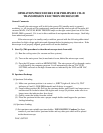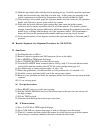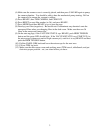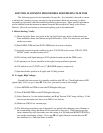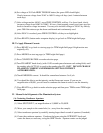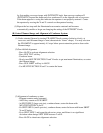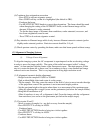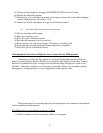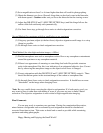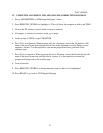ROUTINE ALIGNMENT PROCEDURES FOR PHILIPS CM-20 TEM
The following protocol is not intended to be specific. It is intended to be used as a mean
to refresh one’s memory in carry out step by step procedures which are necessary to obtain
reasonably good results with the transmission electron microscopes. More specific information
can be obtained from the instruction manual from the Microscopist in Charge or the Center
Director. Please do not hesitate to ask about anything you do not understand.
I. Before Starting, Verify:
(1) Check log book. Enter your name in the log book before any action on the microscope.
Note cumulative hours on filament and past difficulties. Note: You must have your name
on the reservation.
(2) Push PANEL DIM and turn DATA DIM knobs in to turn on display.
(3) Ascertain vacuum in good condition by press VACUUM on the screen. IGP<25. UHV,
HIVAC (under vacuum system) are lit.
(4) Fill cold trap with liquid nitrogen (LN2 cylinder located outside the TEM room).
(5) All apertures out (levers should be to the right) except condenser aperture.
(6) Tilt indicator is at 0
o
(TILT) and 11
o
(HOLDER) degree, respectively.
(7) Specimen holder position at 0 (right) and 10 (left) position.
II. To Apply High Voltage:
Normally the microscope is in standby condition with HV on. Check high tension LED
(green light). If it is on, go to step III. If it is not, you need to turn on the voltage.
(1) Press MODES and TEM to enter the TEM bright field page.
(2) Press PARAMETERS on the TEM bright field page.
(3) Select Emission 1 (or the default number) and High Tension 20 kV using soft keys. If the
microscope has been used, then set at 200 kV (see below),
(4) Make sure IGP<25 on vacuum page.
(5) The following procedures (step 5 through 8) are applied after changing a new filament or
the accelerating voltage has been off for some time (a few days). If the microscope has
been continuously used, then make sure the setting is at 200 and push HIGH TENSION to
turn on the accelerating voltage. Go to step III (to apply filament current) after the HT
has stabilized (i.e., Emission meter is stable).
4



